My favourite painting: Carmel Allen
Carmel Allen, managing director of Tate, chooses an unforgettable image from one of the Scottish Colourists.
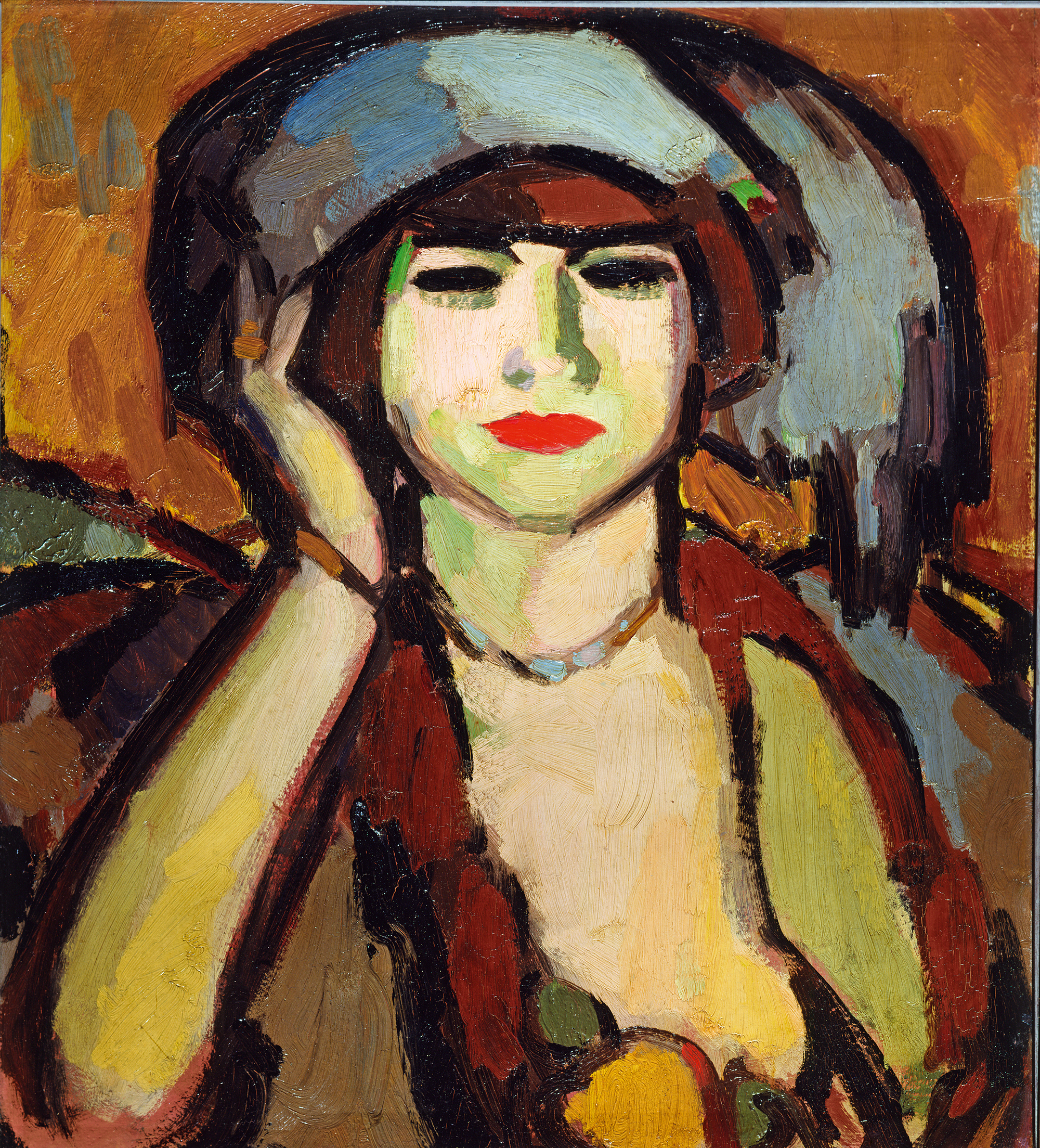
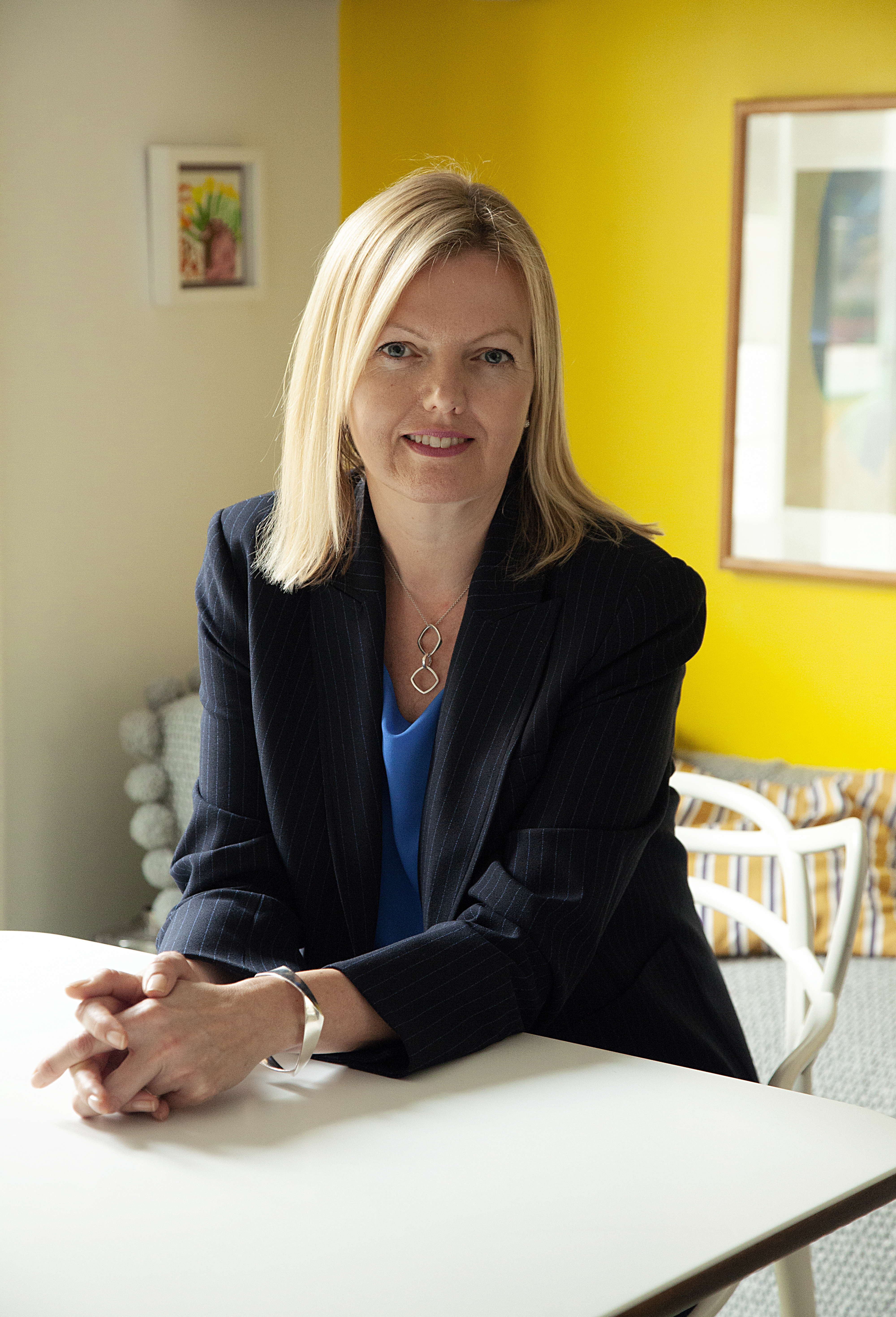
Carmel Allen on 'Blue Beads, Paris' by John Duncan Fergusson
‘When my daughter was a little girl, we spent many a rainy Saturday morning wandering around Tate Britain. More often than not, she was more interested in the smooth marble floor than the art on the walls, but, on one occasion, she stopped in her tracks, looked up at this painting and said: “She has green skin, Mummy.”
'I was completely captivated by the subject. Her red lips really are utterly fabulous and her dark “come-to-bed-with-me” eyes immediately transport you to a smoky bar in Paris.
'I love it when a painting takes me somewhere; my mind can be in overdrive, but one look at Blue Beads and I am living a glamorous, louche existence on the rive Gauche, applying red lipstick, adjusting my hat and planning a night at the Moulin Rouge. Visual escapism at its best.’
Carmel Allen is the managing director of Tate
Charlotte Mullins comments on Blue Beads
John Duncan Fergusson is now known as one of the Scottish Colourists, a quartet of male painters who were drawn to Paris and its exciting avant-garde art scene at the turn of the 20th century. He was a charismatic and passionate artist who gave up training to be a doctor to teach himself how to paint.
He was initially influenced by the Glasgow Boys and their Impressionistic landscapes, but, after summers in northern France and a relocation to Paris in 1907, his work began to change. He threw away his white paint, gave up blending his colours and worked directly from the tube, echoing the Fauves. This group, which included Henri Matisse and André Derain, was dubbed the Fauves or ‘wild beasts’ by the critic Louis Vauxcelles in 1905 and Fergusson exhibited with them at the breakaway Salon d’Automne, where he became a member in 1909.
The year 1910 was pivotal for the artist, as he began to employ professional models, ultimately creating a series of startling nudes. Blue Beads, Paris dates from this year and is a painting of an unknown woman. Perhaps he sketched her in the Cirque Medrano or the Gaîeté Montparnasse, clubs he often frequented.
The garish light turns her face sickly green and infuses this painting with a decadent nightclub feel; her déshabillé is emphasised by her bold red lips and the string of blue beads circling her throat.
Fergusson remained in France until the First World War broke out, when he returned to Britain and took a studio in London.
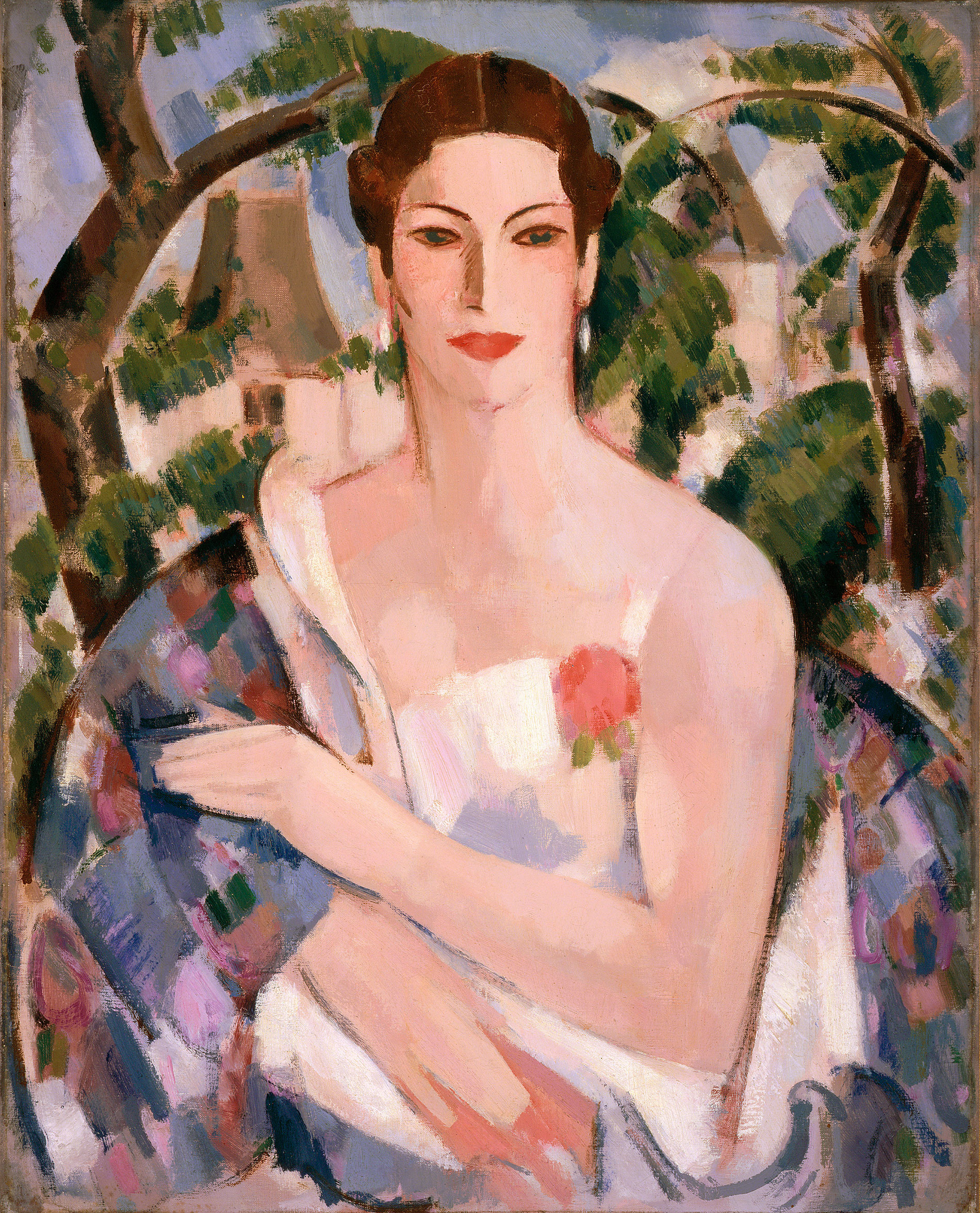
In Focus: A masterpiece by Fergusson, the Scottish colourist whose work is tinged by French avant-garde
Lilias Wigan takes a look at a work by JD Fergusson that's statuesque, sculptural and erotic.
Sign up for the Country Life Newsletter
Exquisite houses, the beauty of Nature, and how to get the most from your life, straight to your inbox.

Credit: James Wild / hgbphotos
In Focus: A sculptor creating 21st century art from the detritus of 20th century life
You're more likely to find artist James Wild hunting through a scrapyard than to find him among the normal haunts
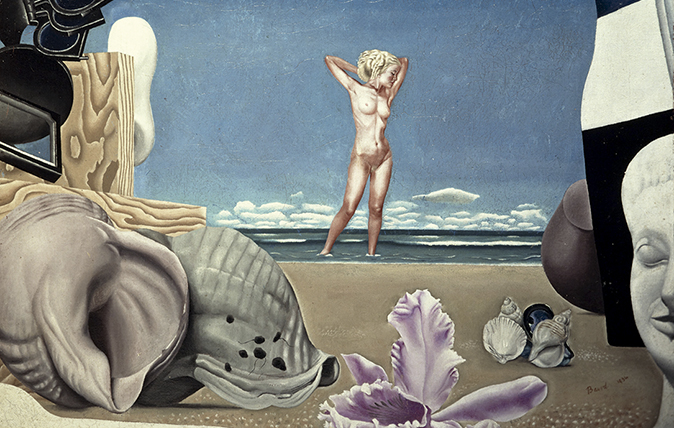
The Scottish artists who mashed up Dali and Boticelli to make their mark in the 20th century
Duncan MacMillan applauds an exhibition that reassesses the contribution made by Scottish artists to the great movements of Modern art.

Charlotte Mullins is an art critic, writer and broadcaster. Her latest book, The Art Isles: A 15,000 year story of art in the British Isles, will be published by Yale University Press in October 2025.
-
 'To exist in this world relies on the hands of others': Roger Powell and modern British bookbinding
'To exist in this world relies on the hands of others': Roger Powell and modern British bookbindingAn exhibition on the legendary bookbinder Roger Powell reveals not only his great skill, but serves to reconnect us with the joy, power and importance of real craftsmanship.
By Hussein Kesvani
-
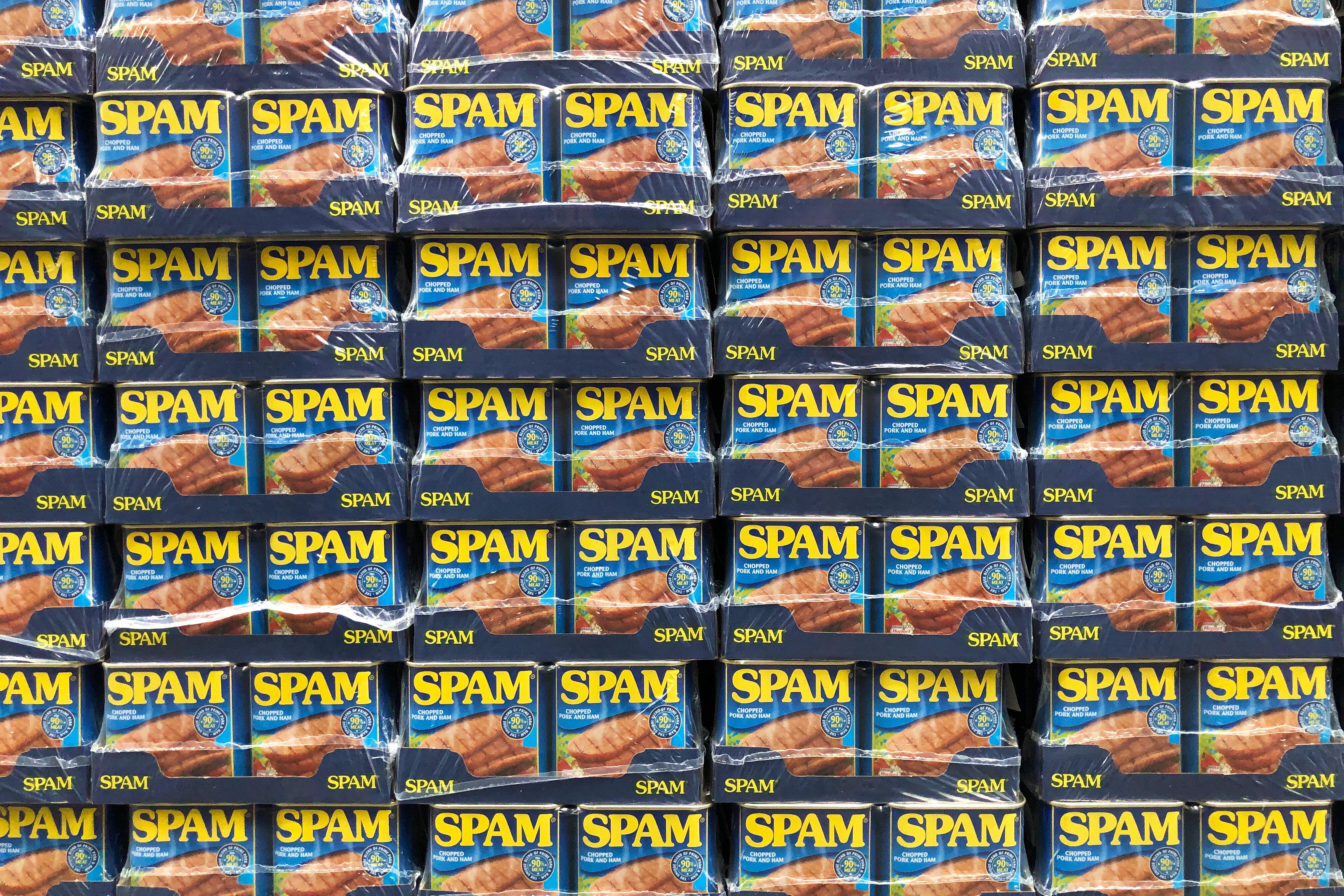 Spam: The tinned meaty treat that brought a taste of the ‘hot-dog life of Hollywood’ to war-weary Britain
Spam: The tinned meaty treat that brought a taste of the ‘hot-dog life of Hollywood’ to war-weary BritainCourtesy of our ‘special relationship’ with the US, Spam was a culinary phenomenon, says Mary Greene. So much so that in 1944, London’s Simpson’s, renowned for its roast beef, was offering creamed Spam casserole instead.
By Country Life
-
 'As a child I wanted to snuggle up with the dogs and be part of it': Alexia Robinson chooses her favourite painting
'As a child I wanted to snuggle up with the dogs and be part of it': Alexia Robinson chooses her favourite paintingAlexia Robinson, founder of Love British Food, chooses an Edwin Landseer classic.
By Charlotte Mullins
-
 The Pre-Raphaelite painter who swapped 'willowy, nubile women' for stained glass — and created some of the best examples in Britain
The Pre-Raphaelite painter who swapped 'willowy, nubile women' for stained glass — and created some of the best examples in BritainThe painter Edward Burne-Jones turned from paint to glass for much of his career. James Hughes, director of the Victorian Society, chooses a glass masterpiece by Burne-Jones as his favourite 'painting'.
By Charlotte Mullins
-
 'I can’t look away. I’m captivated': The painter who takes years over each portrait, with the only guarantee being that it won't look like the subject
'I can’t look away. I’m captivated': The painter who takes years over each portrait, with the only guarantee being that it won't look like the subjectFor Country Life's My Favourite Painting slot, the writer Emily Howes chooses a work by a daring and challenging artist: Frank Auerbach.
By Toby Keel
-
 My Favourite Painting: Rob Houchen
My Favourite Painting: Rob HouchenThe actor Rob Houchen chooses a bold and challenging Egon Schiele work.
By Charlotte Mullins
-
 My Favourite Painting: Jeremy Clarkson
My Favourite Painting: Jeremy Clarkson'That's why this is my favourite painting. Because it invites you to imagine'
By Charlotte Mullins
-
 The chair of the National Gallery names his favourite from among the 2,300 masterpieces — and it will come as a bit of a shock
The chair of the National Gallery names his favourite from among the 2,300 masterpieces — and it will come as a bit of a shockAs the National Gallery turns 200, the chair of its board of trustees, John Booth, chooses his favourite painting.
By Toby Keel
-
 'A wonderful reminder of what the countryside could and should be': The 200-year-old watercolour of a world fast disappearing
'A wonderful reminder of what the countryside could and should be': The 200-year-old watercolour of a world fast disappearingChristopher Price of the Rare Breed Survival Trust on the bucolic beauty of The Magic Apple Tree by Samuel Palmer, which he nominates as his favourite painting.
By Charlotte Mullins
-
 My favourite painting: Andrew Graham-Dixon
My favourite painting: Andrew Graham-Dixon'Lesson Number One: it’s the pictures that baffle and tantalise you that stay in the mind forever .'
By Country Life